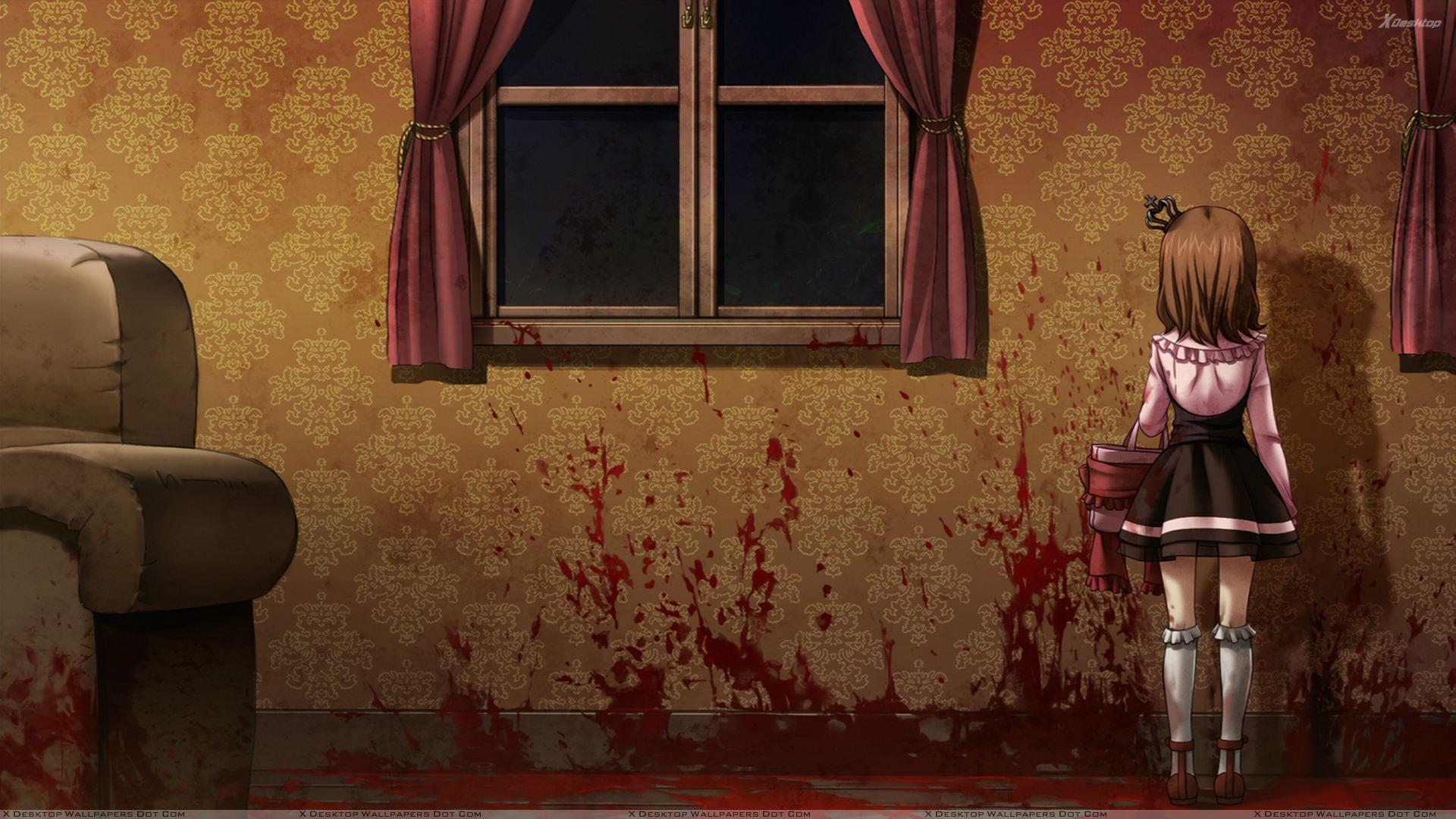Gore Sites Explored: Origins, Risks & What You Need To Know | Discover
Are you prepared to confront the digital abyss, where the boundaries of acceptable content are constantly pushed? Gore websites, often hidden in plain sight, present a challenge to our understanding of the internet's vast landscape, and the human psyche itself.
The internet, a boundless expanse of information and connectivity, harbors a spectrum of content that reflects both the brilliance and the darker inclinations of humanity. Among the various niches that have emerged within this digital frontier, gore websites stand out as particularly controversial and unsettling. These platforms, characterized by their explicit and often graphic depictions of violence, death, and mutilation, have carved out a niche, attracting a dedicated, if often clandestine, audience. Whether one approaches them with curiosity, concern, or a desire to better understand their implications, the subject matter demands careful consideration.
Gore pages are far from a recent phenomenon. Their origins can be traced back to the early days of the internet, when the world wide web was still a relatively unregulated space. Bulletin board systems (BBS) and Usenet groups served as early incubators, providing platforms for users to share and discuss controversial topics, including graphic content. The lack of sophisticated content moderation tools and the nascent nature of online community standards meant that such material could proliferate with relative ease. As the internet has matured, the nature and distribution of gore content have evolved, but the core elements of its appeal the shock value, the taboo, and the exploration of the human fascination with mortality have remained constant.
One of the defining characteristics of gore websites is their lack of filters or warnings. Unlike mainstream platforms that employ content moderation to shield users from potentially disturbing material, these sites often present graphic imagery without any caveats. This unvarnished approach is a key component of their appeal, as it offers a raw and unfiltered view of the world, albeit one that is highly curated and often sensationalized. This immediacy can be both captivating and deeply disturbing, making gore websites a complex and sometimes challenging experience for those who encounter them.
There are a few key aspects that distinguish gore websites from other online platforms. The nature of the content itself is paramount, as the imagery and videos often depict acts of violence, accidents, and medical procedures in graphic detail. Beyond the visual elements, these sites frequently foster a specific culture, where users may discuss, analyze, and share content related to death and violence. Often, this takes the form of forums and comment sections, where individuals can interact and discuss their perspectives on the material. This shared experience, combined with the anonymity that the internet offers, can create a sense of community, albeit one that is built upon a shared interest in disturbing content.
Given the controversial nature of these platforms, it is essential to approach them with a critical and informed perspective. Knowing the types of shock sites that exist can help you recognize and avoid potentially harmful content. This awareness empowers individuals to make conscious choices about what they consume online. Moreover, it highlights the need for ongoing discussions about content moderation, online safety, and the ethical considerations surrounding freedom of expression within the digital space. The goal is not necessarily to eradicate these sites, as that may prove to be impossible, but to foster a greater awareness of their existence and their potential impact on those who encounter them.
The rise of gore websites is part of a larger trend. The constant evolution of the internet and its ability to allow content to be shared in various forms. With advancements in technology, such as deepfakes and AI-generated content, the lines between reality and simulation are becoming increasingly blurred. This means that the content on these sites can become even more difficult to discern, which makes critical thinking and media literacy all the more important.
The digital landscape is a reflection of the world, and therefore includes a wide variety of content. The continued existence of gore websites indicates the complexity of the internet, and the many different ways in which people interact with it. The debates surrounding them touch on ethical considerations, questions of censorship, and the delicate balance between freedom of expression and the need to protect individuals from potentially harmful content.
Navigating the world of gore websites requires a willingness to confront uncomfortable realities and to grapple with the complex questions they raise. Whether you are curious, concerned, or simply seeking to learn more, an informed approach is essential. By understanding the origins, impact, and ethical dilemmas surrounding these controversial platforms, we can develop a more nuanced understanding of the internet and its potential impact on society. Remember, while the internet offers a vast repository of knowledge and connection, it also demands a critical eye and a responsible approach to the content we consume.
For those seeking to understand the world of gore websites, here is a breakdown of the most common categories. These categories are broad, and there can be significant overlap between them, but they provide a useful framework for understanding the types of content that are commonly found on these sites:
- Accidents: Videos and images depicting real-life accidents, such as car crashes, industrial accidents, and natural disasters.
- Violence: Graphic depictions of violence, including acts of torture, assault, and murder.
- Suicide: Content showing or documenting suicide attempts and completed suicides.
- Mutilation: Imagery of self-harm, body modification, and other forms of mutilation.
- Medical Procedures: Graphic videos and images of medical procedures, including surgeries and autopsies.
- War and Conflict: Content depicting the realities of war and armed conflict, including casualties and combat footage.
The proliferation of gore sites has led to discussions about freedom of speech, censorship, and the right to access information. These discussions often involve legal and ethical considerations, as well as the potential psychological impact on viewers.
As the internet continues to evolve, the prevalence of gore sites will likely continue, often operating in the shadows of the deep web or through encrypted platforms. It is important to remain vigilant and to develop a critical understanding of the potential risks associated with these platforms. By staying informed, we can navigate the complexities of the digital world with greater awareness and responsibility.
While we are discussing the subject of questionable online content, it's important to consider a few more aspects. One is the role of the "deep web". Gore sites are often found here due to the increased level of anonymity and difficulty for law enforcement to regulate the content. This hidden layer of the internet underscores the challenges of content moderation and the constant struggle to balance freedom of expression with the need to protect individuals from potentially harmful content.
A second important area is that the debate around gore content extends far beyond the specific platforms that host it. It encompasses a wider discussion about the nature of violence in society, the desensitization to violence that can occur through exposure to graphic content, and the ethical responsibilities of content creators and distributors. In short, the existence of gore sites is symptomatic of larger societal issues, highlighting the need for comprehensive approaches that address both the digital and the real worlds.
Another crucial consideration involves the mental health of those who access these sites. Exposure to graphic content can have psychological effects, including anxiety, depression, and post-traumatic stress. While some may argue that individuals have a right to access this content, it is equally important to acknowledge the potential for harm and to provide support for those who may be struggling.
Finally, it is crucial to consider the potential impact of gore content on children and adolescents. This age group is particularly vulnerable to the negative effects of exposure to graphic imagery. It is paramount that parents, educators, and online platforms take steps to protect young people from accessing such content.
It is important to recognize that the motivations behind accessing gore content are diverse. While some individuals may be driven by morbid curiosity or a fascination with the dark side of human nature, others may have more complex motivations, such as a desire to understand the realities of violence, to process personal trauma, or to challenge societal norms. Whatever the underlying motivations, it is crucial to approach this topic with sensitivity and awareness.
In addition to bestgore.fun there are other places where uncensored videos exist, some of the popular sites are:
- Best Gore Alternatives: There are many other platforms that host similar content, which is why it is important to be careful what you are looking at and the context that is involved.
- Reddit: Various subreddits may contain graphic content.
- Deep Web and Dark Web: Due to their anonymity, these portions of the internet often host unregulated content, so its best to steer clear.
Understanding the risks, considering the ethical dilemmas, and promoting media literacy are key to making informed decisions about the internet. The complexities surrounding gore websites mirror the broader challenges of navigating our digital world responsibly. The conversation continues, and a mindful approach is essential.


